Buddhist Meditation – What Is It And How To Do It?
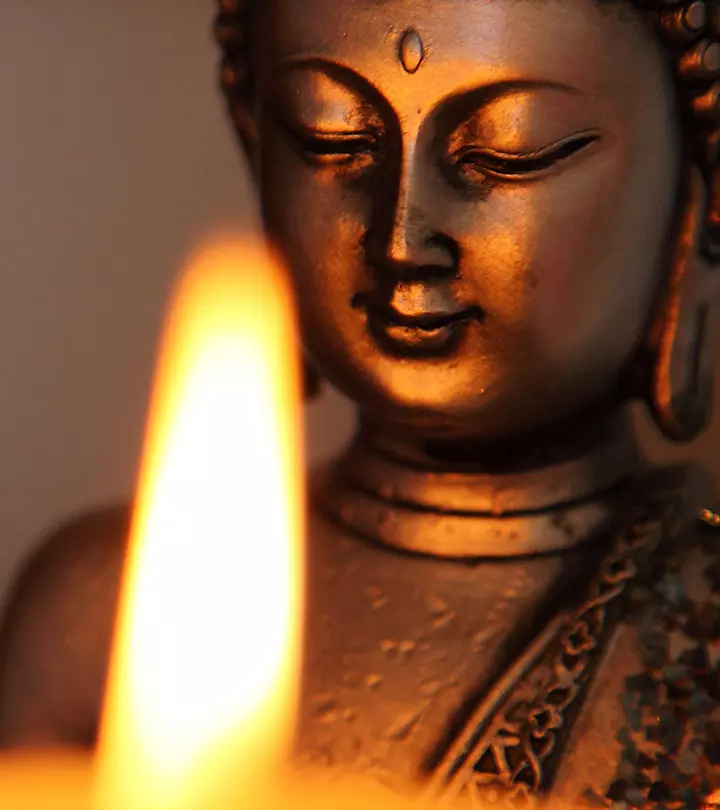
Image: Shutterstock
Your mind is your most powerful tool! It can make or break you. If you are sad, frustrated, and unenthusiastic about life, your mind is what can get you back on track. All it needs is some peace, love, and perspective. Buddhist meditation will help you with that, and here’s a guide to do so. Read on.
What Is Buddhist Meditation?
Buddhist meditation is a meditative practice based on the principles and teachings of Buddhism. This meditation technique encourages you to develop concentration, clarity, and calmness and keep away from confusion. The ancient Buddhist texts preserved it, and it was spread and diversified by various masters and monks. Mind training is the core of this technique, and transforming it into higher realms is the goal.
How To Do Buddhist Meditation
Concentration and awareness are the fundamental keys to practice Buddhist meditation. It focuses on calming the mind first and then developing insight into one’s feelings and emotions. There are various approaches to the Buddhist technique of meditation, some designed by the Buddha himself and still practiced in its original format. Let’s take a look at those now.
Before that, here are some essential requirements for meditation – sitting in Padmasana or any other comfortable sitting position, wearing loose and comfortable clothes, a clean and calm place to meditate, and keeping away gadgets.
Buddhist Meditation Technique
1. Mindful Breathing
In this meditation, the breath is the object of concentration. Focus on your breath and become aware of the mind’s tendency to jump from one thought to another rapidly. To be able to control that and enjoy the experience of staying in the moment is enriching. This technique is perfect for your entire mental and physical state.
The method has four stages that lead to a state of calm and they are:
- First, you count the breaths you take in and out to help you stay focused on them. Count from 1 to 10 by considering one round of inhaling and exhaling as one unit. Count after you exhale, and continue till 10 and repeat.
- Now, in the next step, instead of counting after the exhalation, count before you inhale, expecting the next breath and continuing to breathe in that manner till number 10 and repeating.
- In the third step, you slowly shift to observing your breath as it goes in and out, skipping the counting.
- Finally, your observation and concentration should become sharp and profound enough for you to be able to feel the subtle sensation of your breath at the tip of your nose where it enters and leaves.
Once you attain this state, you form an ideal basis to work on your mind and steer it in a manner that will aid stress-free everyday living.
2. Loving-Kindness Meditation
Once your mind calms down and starts being in the moment, you can nurture it further by developing positive feelings like love, kindness, and friendliness. To do that, do the following steps:
- First, feel love for yourself. Try to become aware of your being in a calm and peaceful manner, developing strength and confidence through it. This thinking will fill your heart with love. While trying to do this, you may utter positive phrases to yourself like, “May I be well and good,” or imagine a bright light passing through your body, invigorating love for yourself.
- In the next step, think of a good and favorite friend. Bring back all the good memories you shared with them and their lovable qualities. Remember the relationship you share with them and the reasons you bond well with them. Continue with this feeling in the head by wishing well for them by thinking, “May they be happy and well.” Or, imagine a light connecting both of you.
- Then, think of someone for whom you don’t particularly feel anything. The people you see around often, but you don’t have any feelings of love or dislike towards them. Reflect on their human nature, gait, and presence. Try to bring them into the circle of love you created in your head.
- Now, think of someone you don’t get along with. Somebody you have trouble with and find it difficult to get along. Try to avoid any negative feelings and think of them in a positive, feel-good manner and give them space in the pool of love you created.
- Finally, think of all the people together – you, your friend, the neutral friend, and the enemy. Take it further by extending the feeling of love and kindness to everybody around you – your family, people of the colony you live in, your city, state, country, and everybody in the world. Send waves of love and kindness from your heart to every being on this planet. You will feel elated by the goodness of this act. Your mind widens and is more accepting of diversity. Then, slowly come out of this meditative thought process and relax.
- The duration of practice for the above methods varies from person to person. Ideally, you should be able to start off with a couple of minutes and go up till a few hours. With practice, the ability to sit and meditate for a longer time will increase.
Benefits Of Buddhist Meditation
- Buddhist meditation helps us to look at and assess our lives honestly. It enables self-discovery and self-inquiry.
- It helps us to slow down and enjoy each moment, completely and thoroughly.
- Clarity and inner stability increases, enabling quicker and better work.
- Buddhist meditation opens up our hearts and forges trust and friendliness towards others.
- It opens up your awareness, leading to every decision to be made thoughtfully and consciously.
Try this unique and age-old meditation method and experience the positive results yourself. Now, let’s look at some common questions asked about Buddhist meditation.
Frequently Asked Questions
Can meditation be dangerous?
Meditation can get dangerous when done in an inappropriate manner and the wrong state of mind. People with major psychological issues should consult a doctor before taking up meditation.
Do I need a teacher to do meditation?
Yes, a teacher would be able to guide you in the meditation process. A well-balanced and knowledgeable teacher is ideal.
What does the word ‘Buddha’ mean?
‘Buddha’ means awakened or enlightened.
Is Buddhism a religion?
Buddhism is beyond religion – it is a manner of living and philosophy.
What is the essence of Buddhism?
Buddhism teaches us to avoid harming others and help those in need. It urges you to avoid negativity and embrace love.
Buddhist meditation practices lead to enlightenment. It is a discipline to free you from sorrow and improve daily living. To do this, you need not seclude yourself and lead a monastic life. You can be where you are and realize the temporary and changing manner of the world. So, get your self-discipline cap on and dig the underlying truth with this Buddhist meditation.



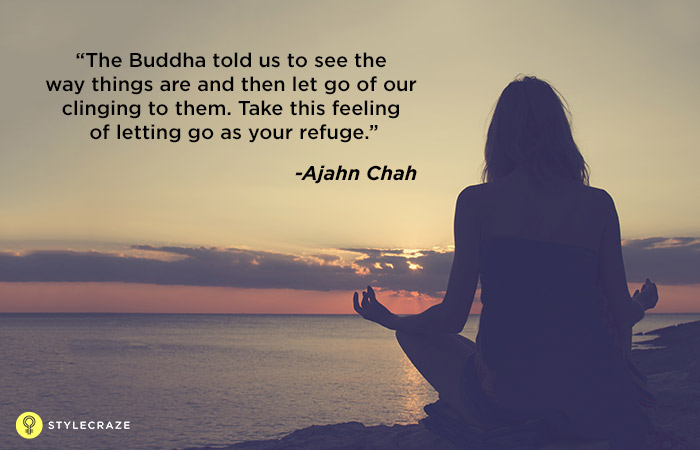
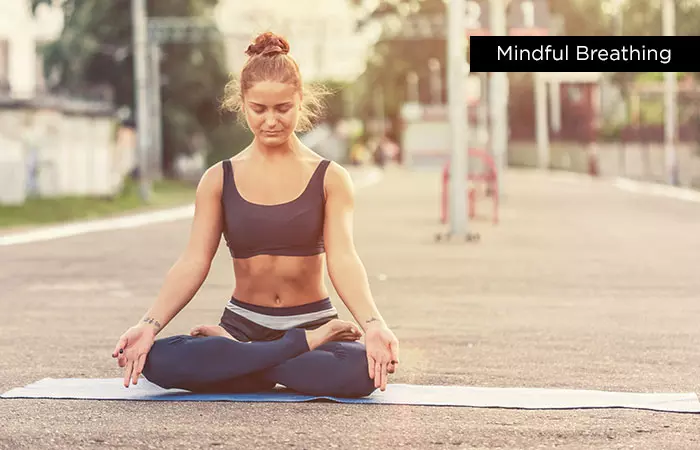
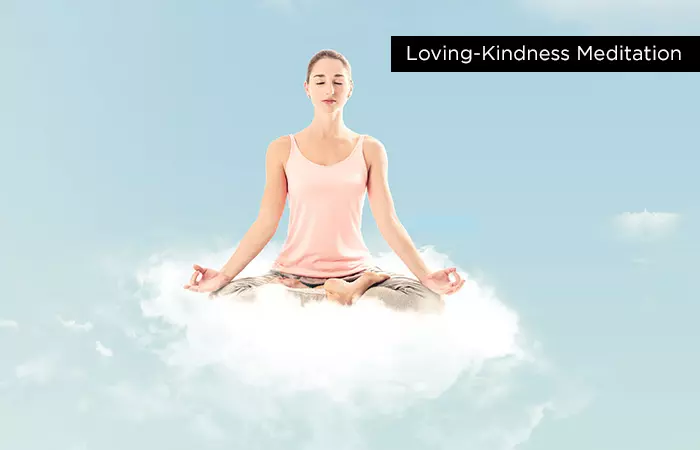



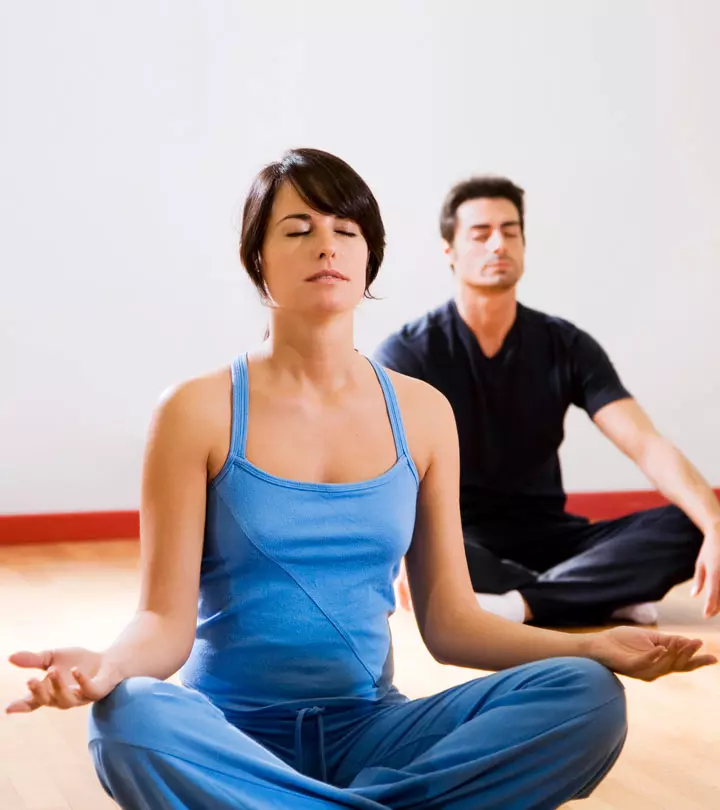

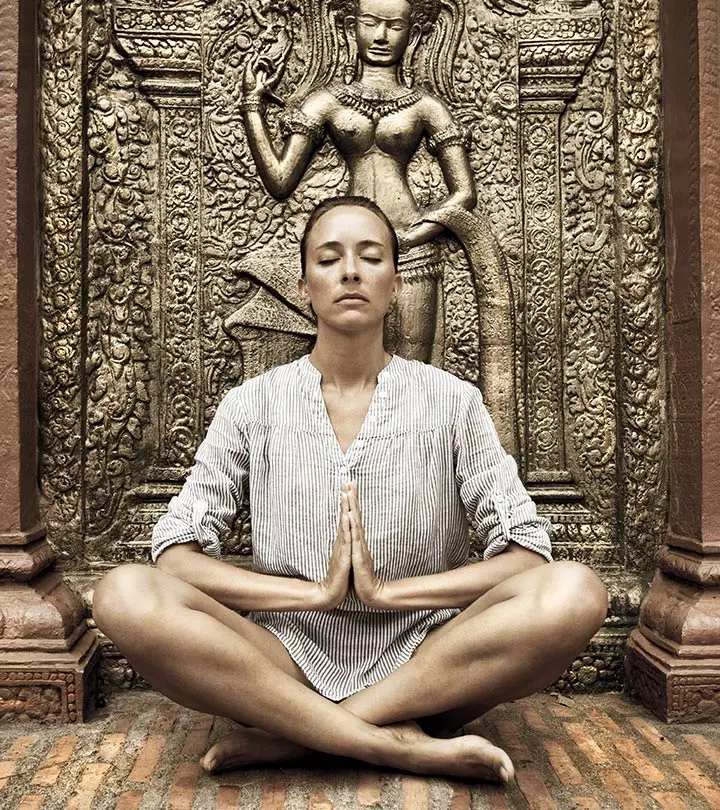

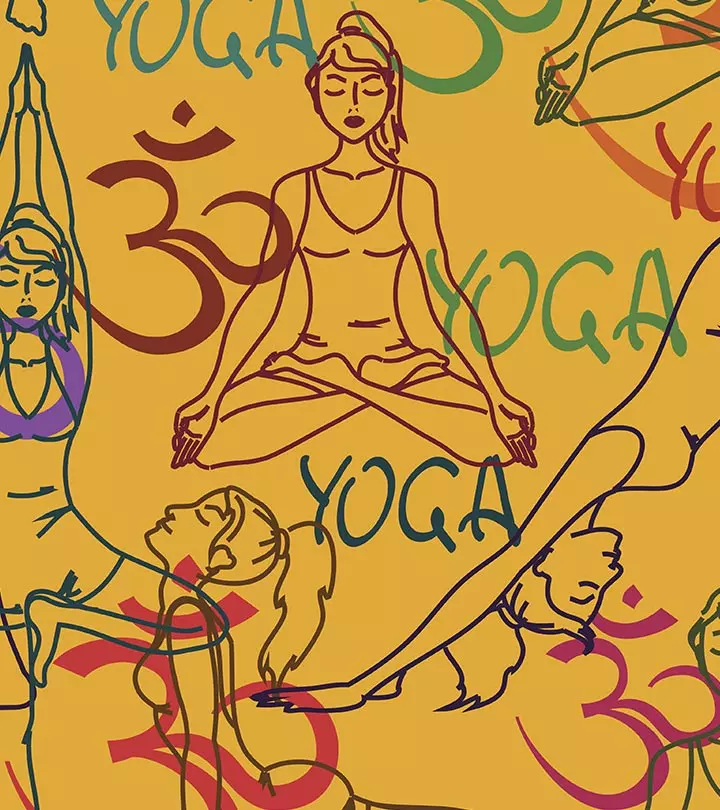



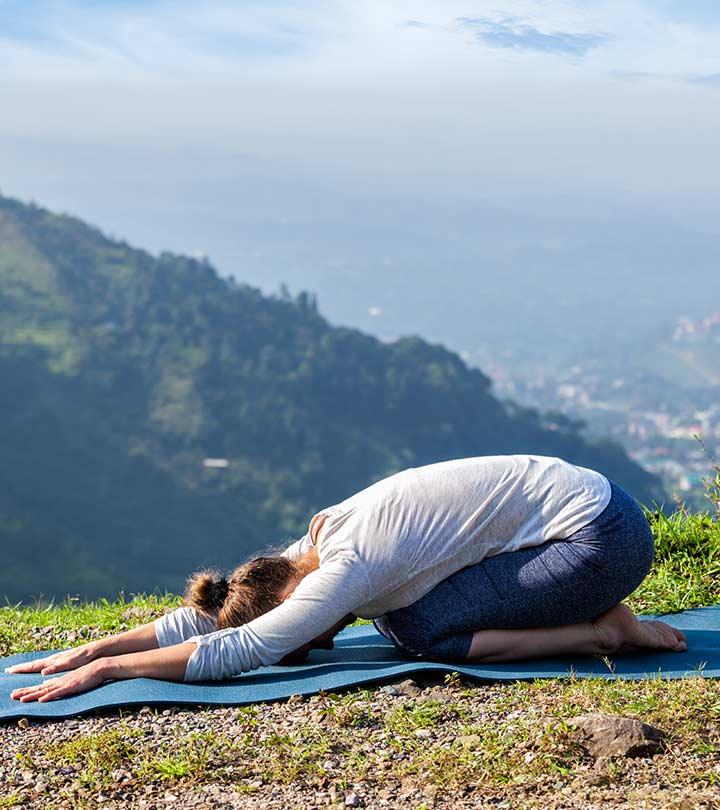


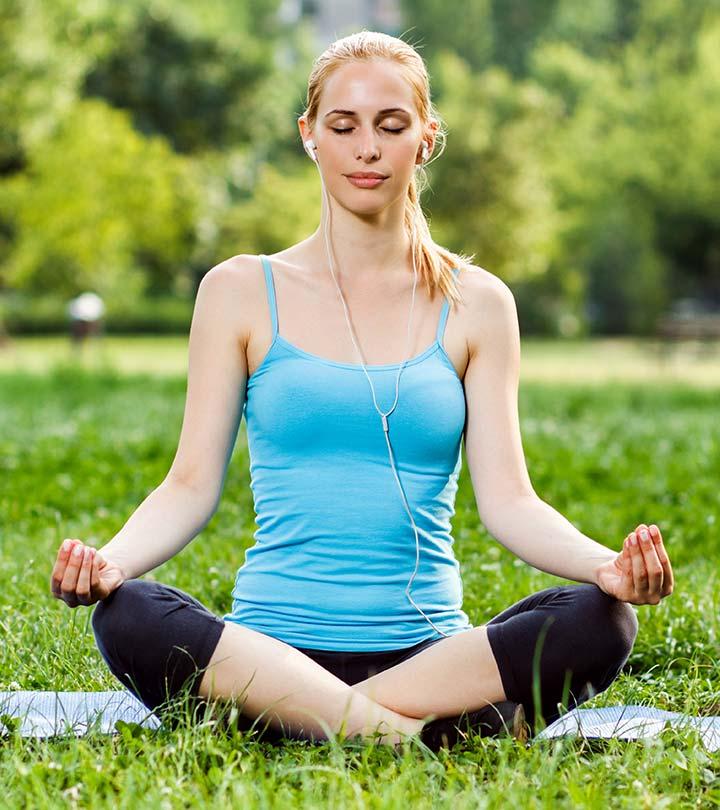

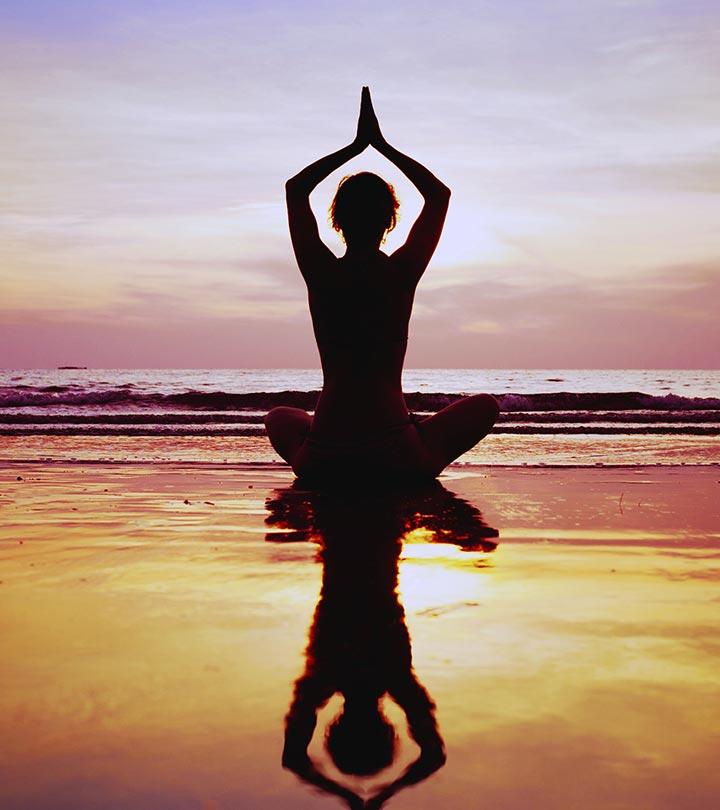


Community Experiences
Join the conversation and become a part of our empowering community! Share your stories, experiences, and insights to connect with other beauty, lifestyle, and health enthusiasts.